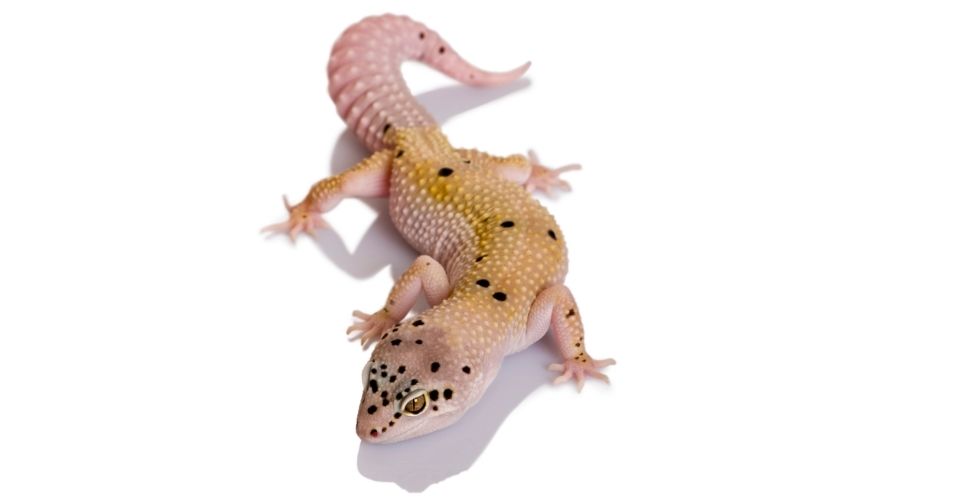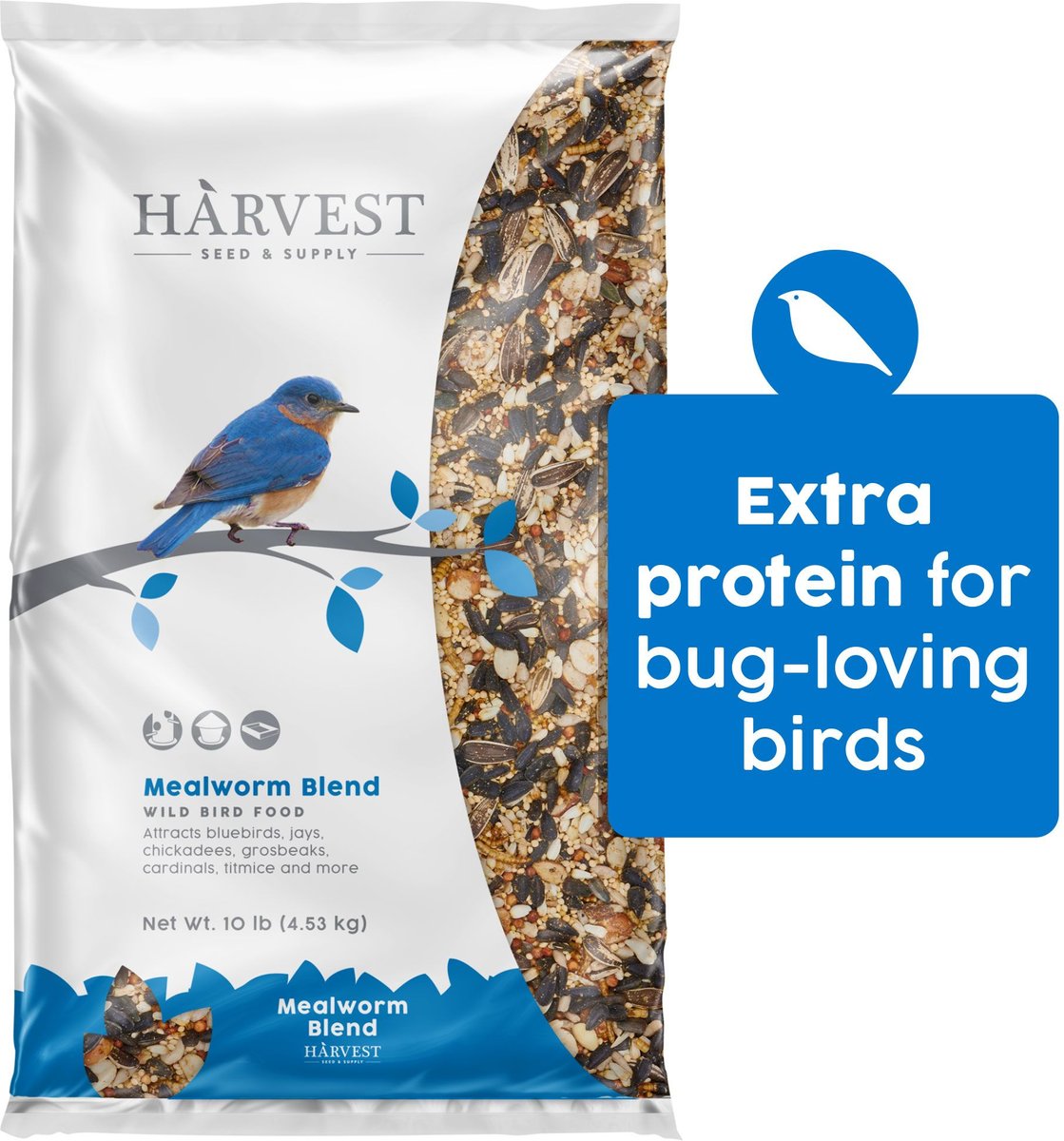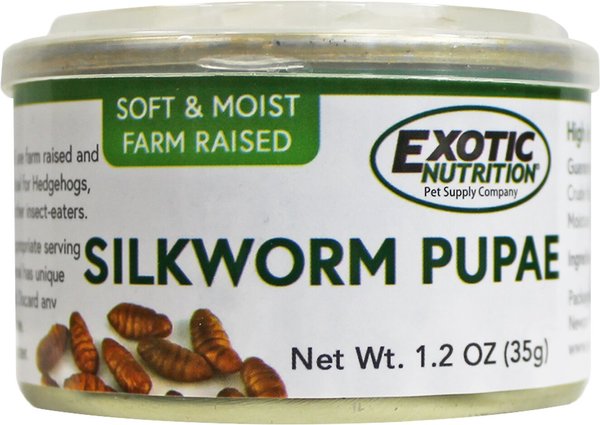Leopard geckos come in a variety of colors and combinations—there are around 150 different Leopard Gecko morphs. One of the most popular Leopard gecko morphs is Albino Leopard Gecko. Their albino coloring sets them apart from other Leopard gecko morphs.
Let us find all ins and outs of this beauty!
Albino Leopard Gecko Morph Overview
| Scientific Name | Eublepharis macularius |
| Common Name | Albino Leopard Gecko |
| Types | Three: Tremper, Rainwater, and Bell Albino Leopard Geckos |
| Size | 7 to 10 inches |
| Life-Expectancy | 10 to 20 Years |
| Color | Light color with slightly darker markings |
| Food | Insectivores |
| Locale | Dry grasslands and rocky deserts of South Asia |
| Temperature | 70 to 95 Fahrenheit |
| Humidity | 30 to 40 Percent |
| Substrate | Newspaper, paper towel, reptile carpet |
| Cost | U.S. $ 300 to 500 |
Albino Leopard Gecko Appearance
Albino Leopard Geckos have a recessive genetic trait called albinism. They lack tyrosinase and melatonin hormones that keep their bodies from producing melanin, which is responsible for pigmenting geckos’ bodies. These Leopard geckos have a large head, long and fat tail, and light and soft skin. They can grow up to 7 to 10 inches. However, like other Leopard gecko morphs, their males are bigger than their female counterparts.

Albino Leopard Gecko Types
Due to the dedicated crossbreeding of Albino Leopard Geckos, many of their new strains have been developed. Below, we have discussed the three most popular Albino Leopard Gecko Types.
Albino Leopard Gecko Types
| Tremper Albino Leopard Gecko |
|
| Rainwater Albino Leopard Gecko |
|
| Bell Albino Leopard Gecko |
|
Albino Leopard Gecko Temperament
Albino Leopard Geckos are quite friendly and gentle creatures. However, one needs to be cautious of the fact that Albino Leopard Geckos are easily disturbed if they are held for a very long time. This could be a downside for gecko lovers who want to play with their gecko but a plus for novice gecko keepers who are not much of a hands-on gecko person.
The Origin and History of Albino Leopard Gecko
Leopard Gecko belongs to the arid grasslands and rocky deserts of Asia. The countries in this region include south-eastern Afghanistan, Pakistan, northern India, Iran, and western Iraq. The first Leopard gecko was discovered in 1854, but the Albino Leopard gecko morph was developed only in the late 1990s. The first Albino Leopard Gecko strain was “Tremper Albino.”

Shedding in Albino Leopard Gecko
All geckos are shed once in four to eight weeks. Leopard Geckos, including Albinos, do not shed their whole skin in one piece—they shed gradually and in parts.
Did you know?
Geckos often eat their shed skin to meet the nutrient requirements for the generation of new skin.
The whole shedding process should complete within two to three days. During the shedding process, you need to increase the humidity levels of your gecko’s tank. The best practice is to place a humid hide in your gecko tank, where the humidity level is high as compared to the overall tank’s humidity. Shedding more often indicates the presence of any disease.
The Pros and Cons of Having an Albino Leopard Gecko
The personality and temperament traits of Albino Leopard Geckos make them great pets; nonetheless, they do have some negative aspects as well. These pros and cons are:
Benefits
Downsides
Albino Leopard Gecko Diet and Nutrition
Albino Leopard Geckos are insectivores like other Leopard geckos and only eat insects. You can feed your Albino Leopard Gecko different types of live insects that are commercially available such as crickets, wax worms, mealworms, butter worms, silkworms, and locusts.
They love having crickets. Moist and farm-raised crickets, full of essential nutrients, will be a savory treat for your Albino Leopard Gecko. That said, you should avoid feeding him bigger and wild-caught insects such as cockroaches, butterflies, moths, and fireflies. Also, never feed your gecko any fruits.
You can add calcium supplements with added vitamin D3 in your gecko’s food to maintain overall health.
Beware of overfeeding your Albino Leopard Gecko: these reptiles are prone to gaining weight, which in turn can affect their overall well-being and lifespan.
Albino Leopard Gecko Feeding Chart
To give you an idea about how much and how often you should feed your Albino Leopard Gecko, we have composed a feeding chart. Please note that the chart given below is only to get you started. If you think your leopard gecko is not growing properly, you should be careful of its diet. If it is gaining weight, you should cut down on the quantity or frequency of its meals, and if you can see its bones, you need to increase its nutritional intake.
| Age Group | Meals Frequency | Insects Quantity | Supplements |
| Baby | Every Day | Six to Eight | Each meal |
| Juvenile | Every Day | About 12 | Each meal |
| Adult | Every Other Day | 16 to 20 | Once a week |
Leopard Geckos can go around 10 to 14 days without food, so you can always try different feeding routines with your Albino Leopard Gecko.
As a rule of thumb, the tail of a healthy Leopard gecko is thicker than its neck. So if it is thinner, you should take your cue and take your gecko to your vet.
Tail Loss In Leopard Geckos!
Leopard geckos drop their tails when over-stressed or perceive an imminent threat. They drop their tails to distract a potential predator. Once the danger has subsided, they come back and eat their tail to compensate for their lost fat storage.
Albino Leopard Gecko Breeding Requirement
Albino Leopard Geckos are easy to breed.
After mating, females lay eggs that hatch after incubation to produce offspring. The temperature affects the gender of the baby: hotter temperatures result in males and colder in females.
Albino Leopard Geckos can be bred by following these steps:
- Place a male and at least one female Albino Leopard Gecko in a tank. The tank should be at least 10 gallons in volume. Note that you will have to increase the tank space if you want more geckos to breed.
- Keep the temperature slightly above the normally maintained.
- Keep checking for the eggs after a week.
- After finding the eggs successfully, place them in an incubator and maintain the temperature between 80 and 84 Fahrenheit.
- Maintain a humid environment while incubating.
How to Keep an Albino Leopard Gecko Happy?

You can keep your Albino Leopard Gecko happy and healthy by maintaining a proper environmental condition in his abode tank. Since geckos are the natives of arid grasslands and rocky deserts, pet owners need to recreate such a habitat artificially.
You can keep such an environment in your pet’s tank by ensuring the following provisions:
- Keep the volume of the tank at least 10 gallons.
- Though they are small and don’t demand much space, you need to add at least five to eight gallons per gecko further in the tank.
- Place an overhead basking light on the tank to simulate the day-night cycle. Check out the best Leopard gecko lightening setup to ensure you are doing it right.
- Never use sand as tank substrate, as it can risk impaction. Reptile carpets, paper towels, tile flooring, and newspapers are the best choice for Leopard gecko substrate.
- Maintain the temperature gradient within the tank. Keep one side at least 10 Fahrenheit higher than the other.
- Keep the relative humidity levels between 30 and 40 percent. Invest in quality humidifiers for maintaining ample humidity without risking respiratory illness in your pet.
- Ensure the tank’s cleanliness to keep bacterial and fungal growth at bay.
The Health Issues of Albino Leopard Gecko
Albino Leopard Geckos are overall a healthy Leopard gecko morph, but still, they are susceptible to several health issues. Below we have discussed the most common health conditions Albino Leopard Geckos may suffer from:
- Metabolic Bones Disorder (MBD): MBD ensues in geckos due to the insufficient amount of vitamin D3 intake. The condition is worsened due to the lack of calcium in their bodies. Consequently, bones are incapacitated to support the body structure. Regular ingestion of calcium supplements with vitamin D3 can help ward off the risk of MBD in your gecko.
- Dehydration: Unsuitable humidity conditions in tanks and diet issues cause dehydration in geckos. Prolonged dehydration can severely impact their health and happiness. If left untreated, it can cause death. To keep your Albino Leopard Gecko hydrated, make a reasonable environment in the tank and ensure water availability.
- Impaction: Impaction occurs when indigestible substances like sand particles are ingested by a gecko. Since the tiny digestive system of geckos cannot handle such substances, it gets blocked. If left untreated, it can cause digestive system failure and can be fatal. A clean tank can avoid impaction.
- Respiratory Infections: Geckos often experience respiratory issues when the temperature and humidity of their tanks are not properly managed. Lower temperatures and high levels of humidity are responsible for the development of respiratory infections in geckos. The daytime temperature of 80 to 90 Fahrenheit is suitable for geckos, while 67 to 74 is okay at night. Observing and regulating the tank temperatures and humidity can keep your Albino Leopard Gecko away from this problem.
The Signs That Your Albino Leopard Gecko Is Not Healthy
The following signs and symptoms in your Albino Leopard Gecko show that he might be unhealthy and need medical attention:
- Difficulty in breathing properly
- Weight loss
- Muscles loss and degeneration
- Prolapses
- Vomiting
Do Albino Leopard Geckos Make Good Pet?
Albino Leopard Gecko is an easy-going, friendly, and appealing Leopard gecko morph. Nevertheless, it requires a bit more care than other leopard geckos to maintain health and happiness. If Albino Leopard Gecko does not seem to be a great fit for you, you can look into other Leopard gecko morphs, i.e., Mack Snow Leopard Gecko, Giant Leopard Gecko, or Black Night Leopard Gecko.




